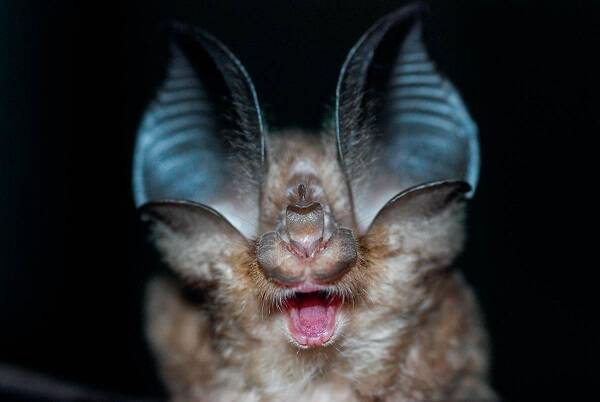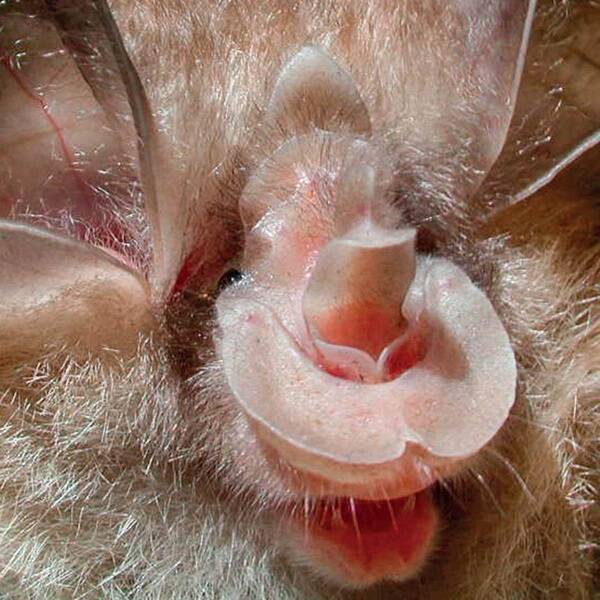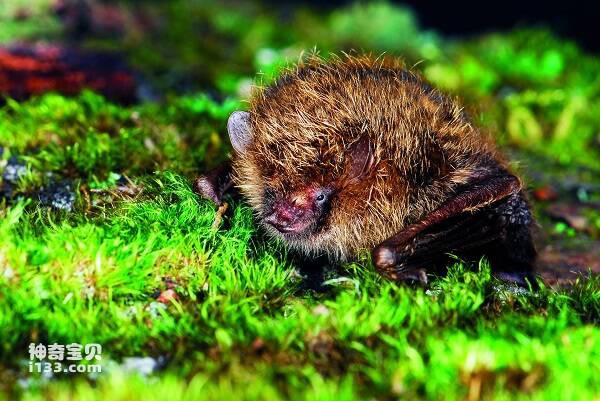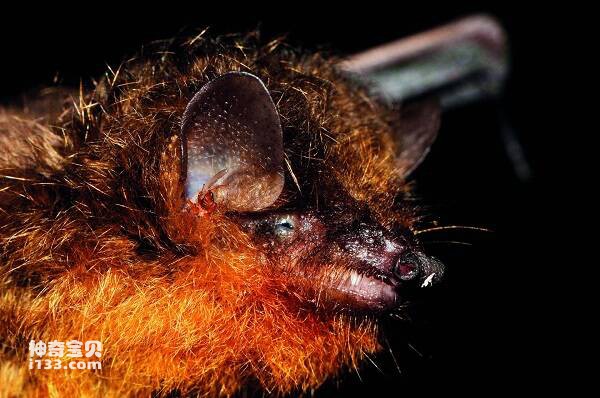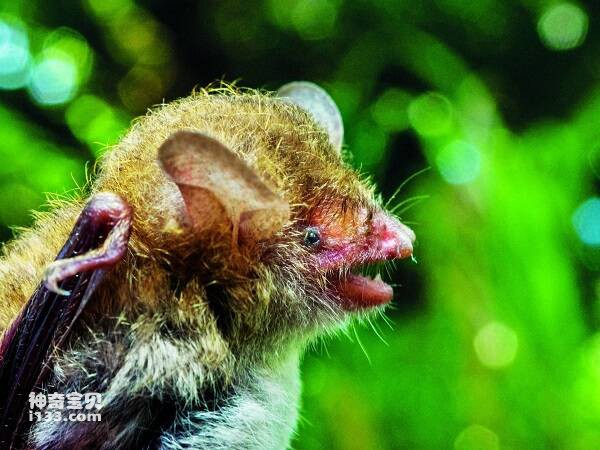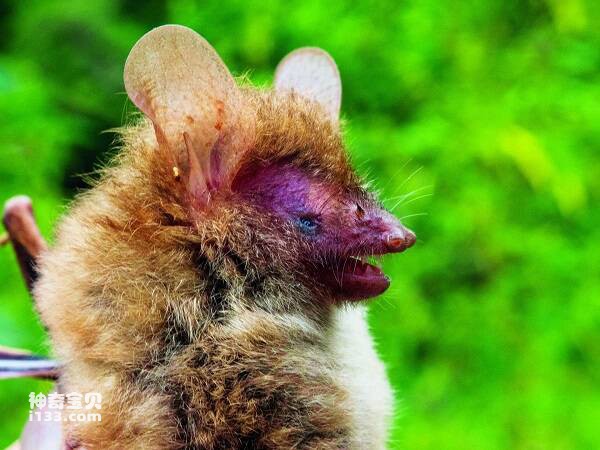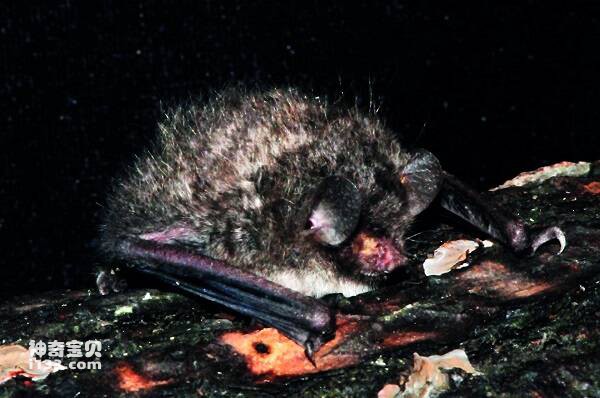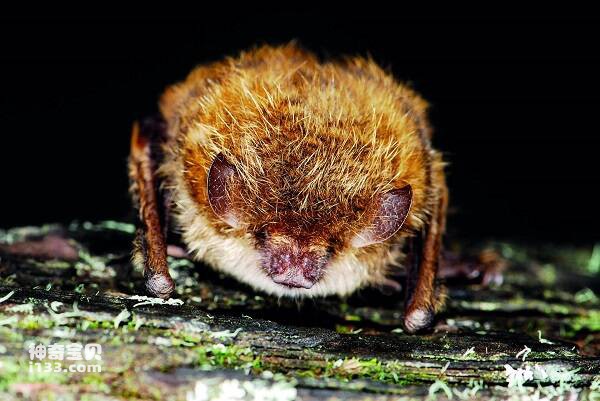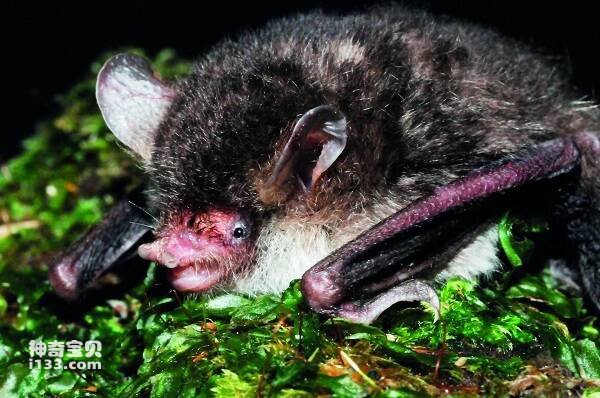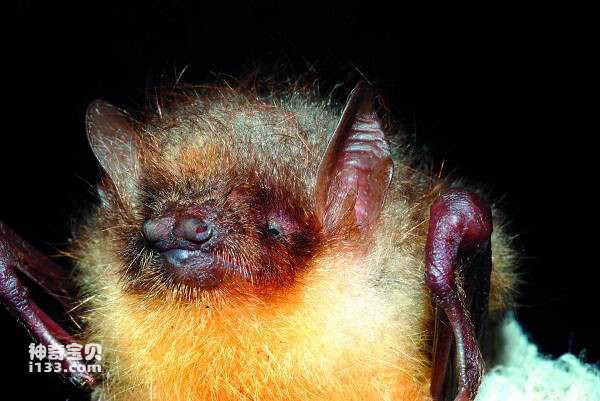Rhinolophus huananus
IUCN
LCBasic Information
Scientific classification
- name:Rhinolophus huananus
- Scientific Name:Rhinolophus chinensis
- Outline:Chiroptera
- Family:Chiroptera Rhinolophidae Rhinolophus
Vital signs
- length:39-43mm
- Weight:
- lifetime:
Feature
The ears are large, with a correspondingly small antitragus.
Distribution and Habitat
The new species published by Wu et al. in 2008 (type locality: Yingde, Qingyuan, Guangdong) is currently only recorded in Guangdong, Guangxi and Jiangxi, my country.
Appearance
Small in size. Forearm length 39-43mm. Large ears, with correspondingly small antitragus. Saddle lobe width and height are almost equal (about 3mm), which is a clear difference from the big-eared horseshoe bat (Rhinolophus macrotis) (saddle lobe width is about 4mm, height is 1.5 times the width). The lateral wings of the base and the lateral lobe at the inner edge of the nostril are connected to form a shallow cup-shaped lobe, and the connecting lobe starts from the sub-apex of the saddle lobe. The base of the dorsal hair is grayish white, and the hair tip is dark brown; the ventral hair is light white.
Details
The number of South China Rhinolophus is relatively rare, and it is a cave-type bat. It can be seen living in the same cave with Chinese Rhinolophus (<Rhinolophus sinicus>), small-footed bat (<Hipposideros pomona>), big-eared Rhinolophus (<R. macrotis>), etc. Before the publication of the new species, it was usually identified as big-eared Rhinolophus (including multiple subspecies in China), which can be distinguished by the shape of its nose leaf and the length of its forearm. The South China Rhinolophus is relatively small in size. Some scholars also believe that this species is a synonym of the Chiang Mai Rhinolophus (<Rhinolophus siamensis>) distributed in Thailand (Zhang et al., 2009), but the latter is smaller in size. With the deepening of the investigation, the distribution area of South China Rhinolophus may be further expanded.
